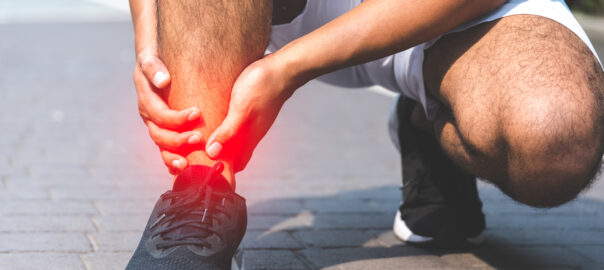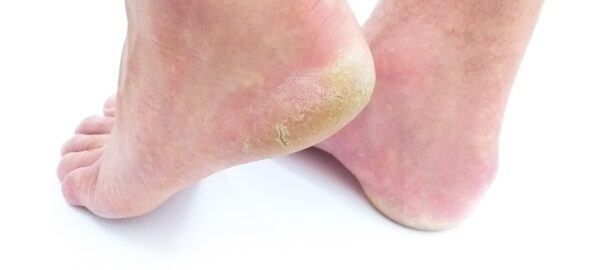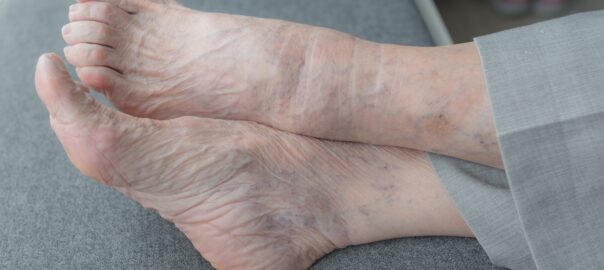Ankle pain can be one of the most debilitating pains to experience. It affects not just your ankle, but also your mobility, often causing you to be unable to move around without feeling pain. If your ankle pain is severe, persistent, or accompanied by other concerning symptoms, it’s important to contact Chicago housecall podiatrists for proper diagnosis and treatment. That said, here are some steps you can consider for treating mild ankle pain:
- Rest: Give your ankle a break and avoid putting unnecessary stress on it. Resting allows the body to heal naturally.
- Ice: Applying ice to the affected area can help reduce inflammation and provide pain relief. Use an ice pack wrapped in a thin cloth for about 15-20 minutes at a time, every 1-2 hours.
- Compression: Wrapping the ankle with an elastic bandage (like an ACE bandage) can help control swelling and provide support. Be careful not to wrap it too tightly, as this can impede blood circulation.
- Over-the-Counter Pain Relievers: Non-prescription pain relievers like ibuprofen (Advil) or naproxen (Aleve) can help manage pain and reduce inflammation. Follow the recommended dosage and guidelines.
- Supportive Footwear: Wear shoes that provide proper support and cushioning. Avoid high heels or shoes that exacerbate your pain.
- Avoid Putting Weight: If your pain is severe or your ankle is unstable, consider using crutches or a brace to avoid putting weight on the injured ankle until it heals.
- Heat: After the initial acute phase (usually after 48 hours), you might consider using heat therapy to help relax muscles and promote blood circulation. Use a warm towel or a heating pad on a low setting for about 15-20 minutes at a time.
Remember, the appropriate treatment for ankle pain depends on the cause of the pain. If the pain doesn’t improve or gets worse, call podiatrists from Illinois Mobile Foot Care at 312-998-0974 to identify the underlying issue and receive appropriate treatment.








